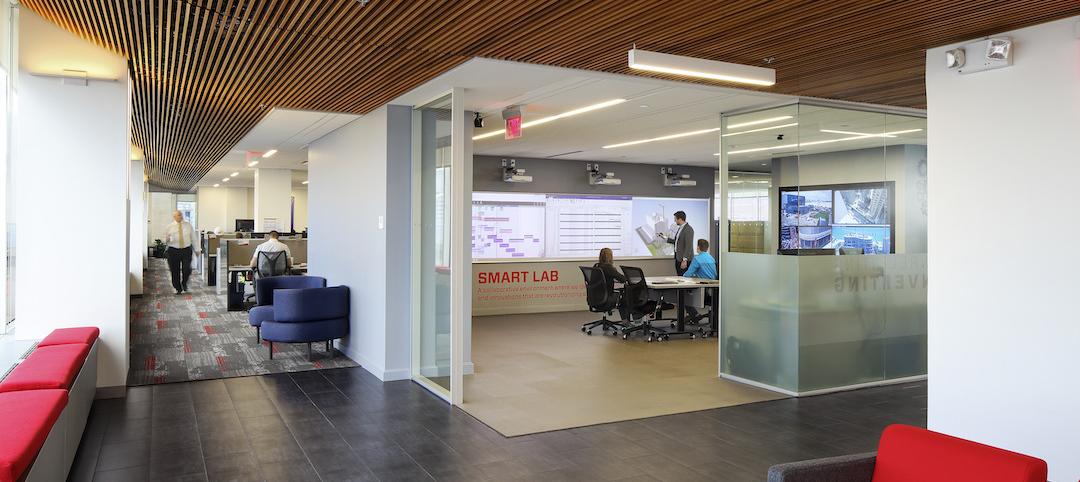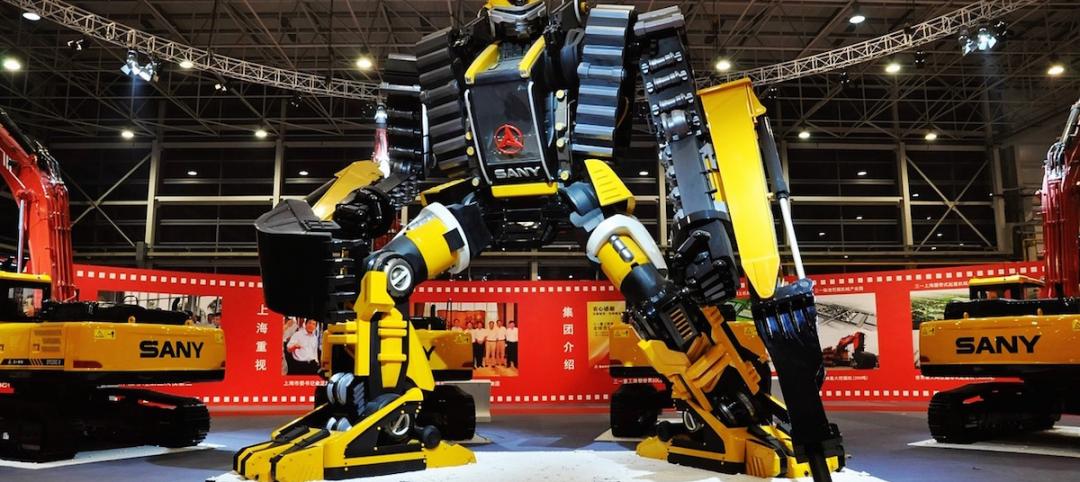Last year, I had the pleasure of visiting the campus of my alma mater, Eastern Illinois University, in rural Charleston, about 55 miles south of Urbana-Champaign. Not much had changed since I last walked the university’s lush quad more than 17 years ago. Both Tony Romo and Jimmy Garoppolo came and went—the NFL QBs are among several prominent EIU grads to make their mark in the NFL, including Saints head coach Sean Payton—and the school added a sleek fine arts center designed by Antoine Predock.
As professionals working in an industry that requires an advanced degree—in some cases multiple degrees—I’m sure you’ve experienced a similar sticker-shock moment when discussing your alma mater.
But other than the starchitect’s contemporary creation, the campus looked virtually untouched. In a nostalgic mood, this put a smile on my face. My wistful spirit shifted, though, when I learned about the cost of today’s EIU experience. More accurately, my jaw hit the floor. In less than two decades since I graduated, the annual in-state tuition had ballooned 192% to $8,490. Room and board: up 155%, to $8,996. Tack on books, fees, and other expenses, and the average on-campus, four-year degree runs students in excess of $85,000—and EIU remains one of the least-expensive state schools in Illinois.
As professionals working in an industry that requires an advanced degree—in some cases multiple degrees—I’m sure you’ve experienced a similar sticker-shock moment when discussing your alma mater. For those with kids, you’ve probably wondered, as I have: If the buy-in for four-year schools continues to escalate at its current pace, how can I possibly be expected to foot the bill for my child’s higher education? Even worse, how can I sit back and watch my kid take on six figures’ worth of student loan debt?
For better or worse, the higher education experience for many young Millennials and Gen Zers will not resemble the four-year, life-altering experience that we enjoyed—it’s just too costly. Community colleges and commuter schools will play a larger role, as will distance learning. Furthermore, as we wrote about in our August 2015 report on innovation districts (tinyurl.com/InnovationDist), a number of schools are establishing satellite campuses near city centers, to be closer to research and tech firms, and a larger student base.
We’re also likely to see the development of new education models that cater to the masses. A recent article in The Atlantic (tinyurl.com/CutCollegeLectures) details an alternative that’s gaining momentum: competency-based education. Introduced in the late 1990s by nonprofit Western Governors University, the model has since been adopted by dozens of schools, including Purdue, the University of Michigan, DePaul, and the University of Maryland. It breaks the butts-in-seats mold to teaching by moving the process online, where faculty “mentors” guide students, one-on-one, at their own pace, through a series of competencies for a given degree program. Once a student feels they have mastered a subject, they earn credits by passing an exam.
If the competency-based model does not disrupt higher education, then something else likely will. Does it mean the demise of the traditional school? Certainly not. As a prominent university architect told me recently, “For every American student who can’t afford or chooses not to pay to attend a four-year university, there are two or three foreign students ready to take their place.”
The traditional model is not going anywhere, but new approaches will emerge.
More from Author
David Barista | Aug 15, 2019
3 ‘Giant’ AEC market trends for 2019-2020
We’re starting to see a shift toward custom research, thanks in part to the influx of data, data tools, and analytics expertise in the AEC market.
David Barista | Jul 31, 2019
Amenities war no more? Research report explores multifamily market
Multifamily developers show no signs of pulling back on specialty spaces and unique offerings in an effort to attract high-quality tenants, according to new research from Multifamily Design+Construction.
David Barista | Dec 30, 2016
An open letter to the AEC C-suite
Women AEC professionals need you to take action.
David Barista | Sep 6, 2016
Innovation intervention: How AEC firms are driving growth through R&D programs
AEC firms are taking a page from the tech industry, by infusing a deep commitment to innovation and disruption into their cultural DNA.
David Barista | Jun 27, 2016
If ‘only the paranoid survive,’ what does it take to thrive?
“Sooner or later, something fundamental in your business world will change.” The late Andrew Grove (1936-2016), Co-founder of tech giant Intel Corp., lived by these words.
David Barista | May 31, 2016
As commercial buildings get ‘smarter,’ concerns rise over cybercrime
As buildings become increasingly connected, opportunistic hackers have countless avenues into a building’s network.
David Barista | May 9, 2016
Is the nation’s grand tech boom really an innovation funk?
Despite popular belief, the country is not in a great age of technological and digital innovation, at least when compared to the last great innovation era (1870-1970).
David Barista | Mar 31, 2016
Deep Learning + AI: How machines are becoming master problem solvers
Besides revolutionary changes to the world’s workforce, artificial intelligence could have a profound impact on the built environment and the AEC industry.
David Barista | Feb 24, 2016
Is the booming freelance economy a threat to AEC firms?
By shifting the work (and revenue) to freelancers, “platform capitalism” startups have taken considerable market share from traditional businesses.
David Barista | Jan 26, 2016
How the Fourth Industrial Revolution will alter the globe’s workforce
The next great technological metamorphosis will be unlike anything humankind has experienced before, due to the sheer size, speed, and scope of disruption.
















